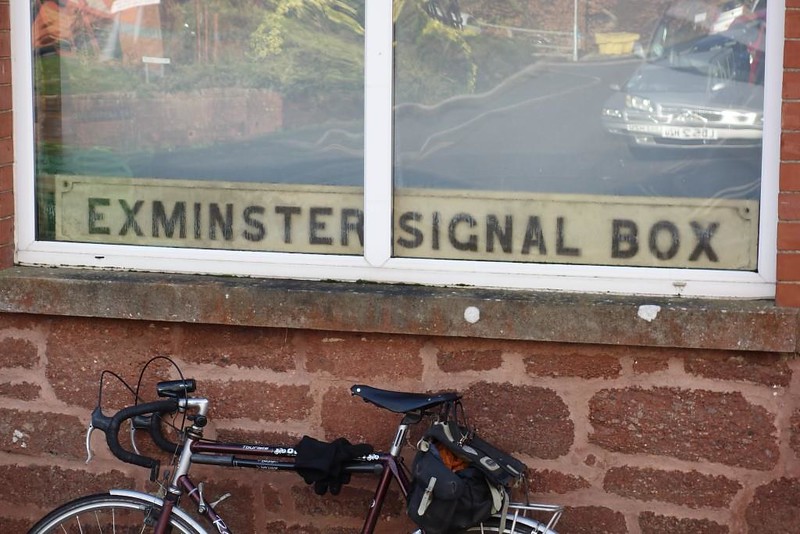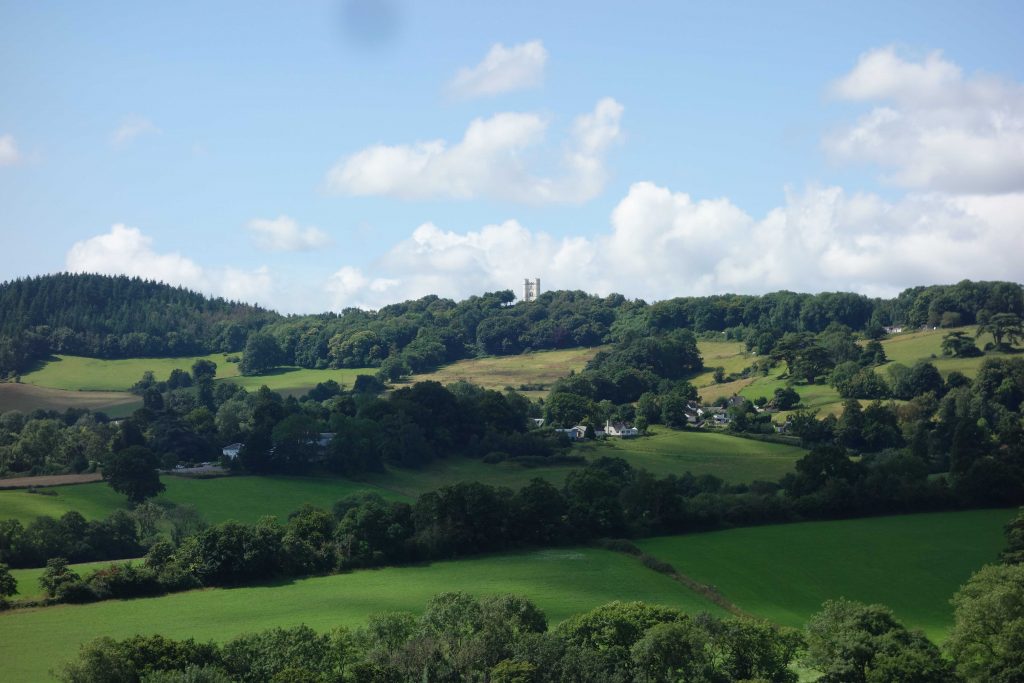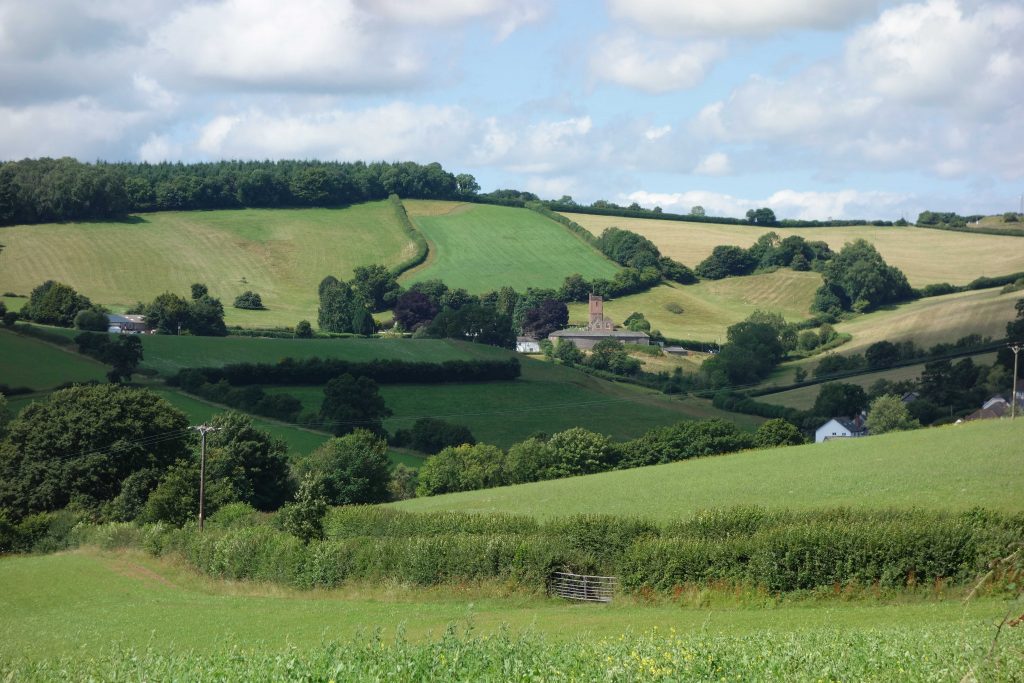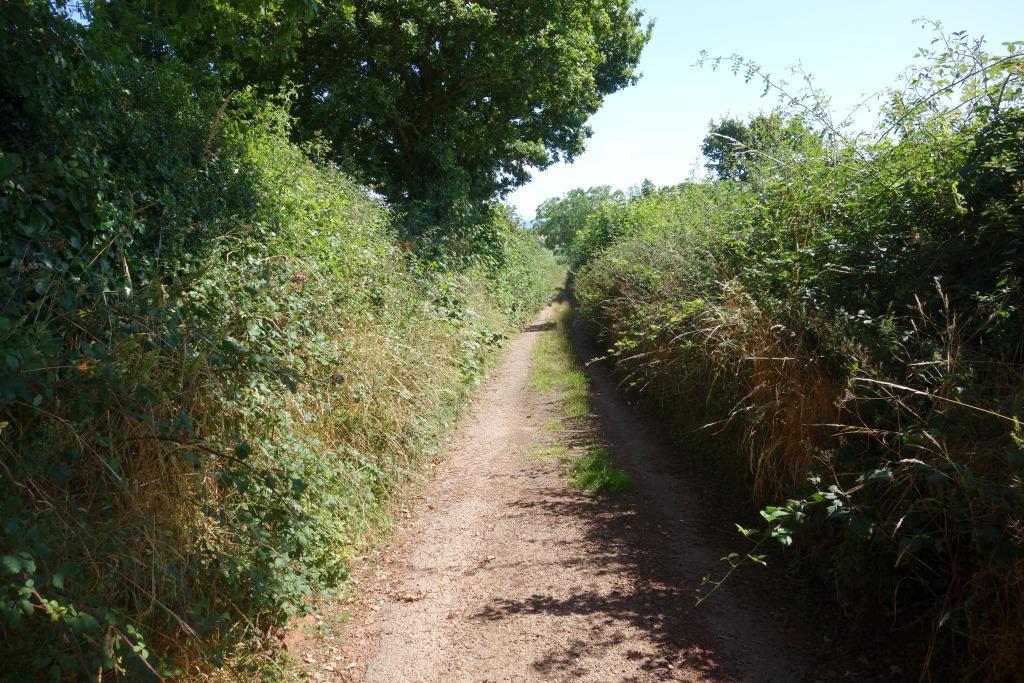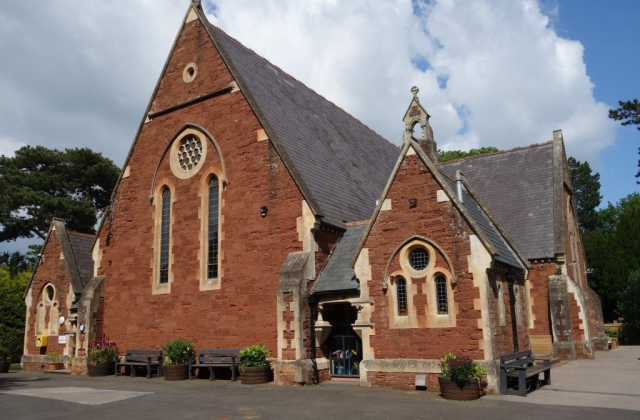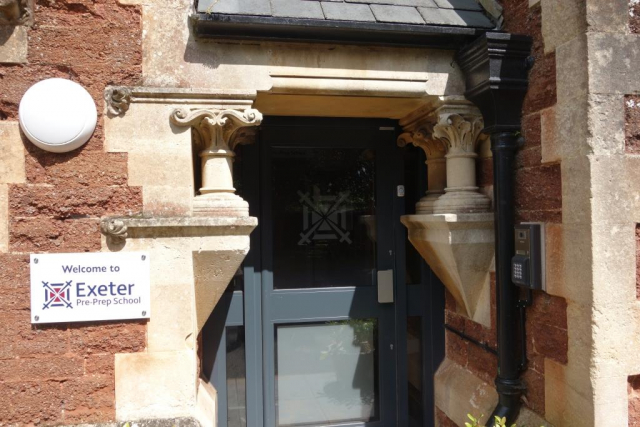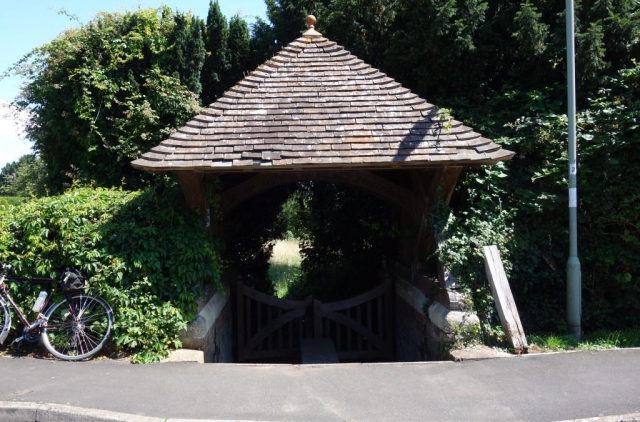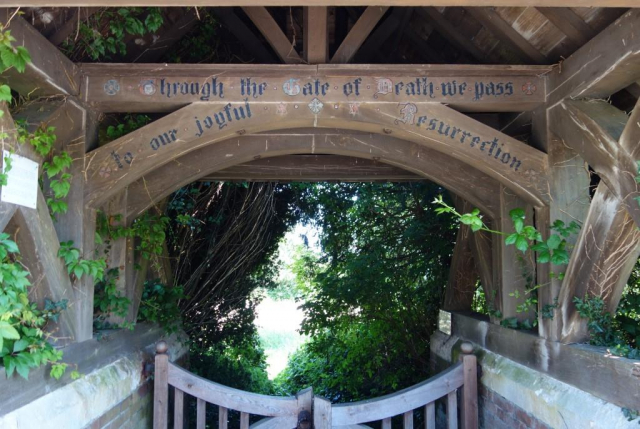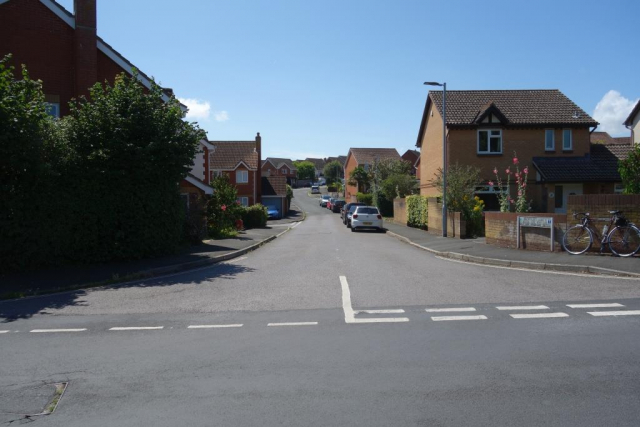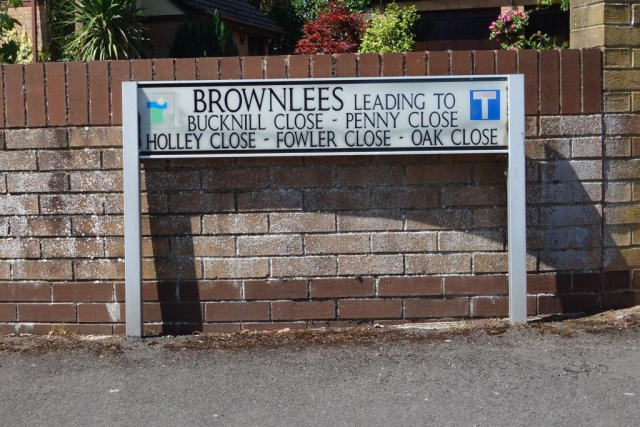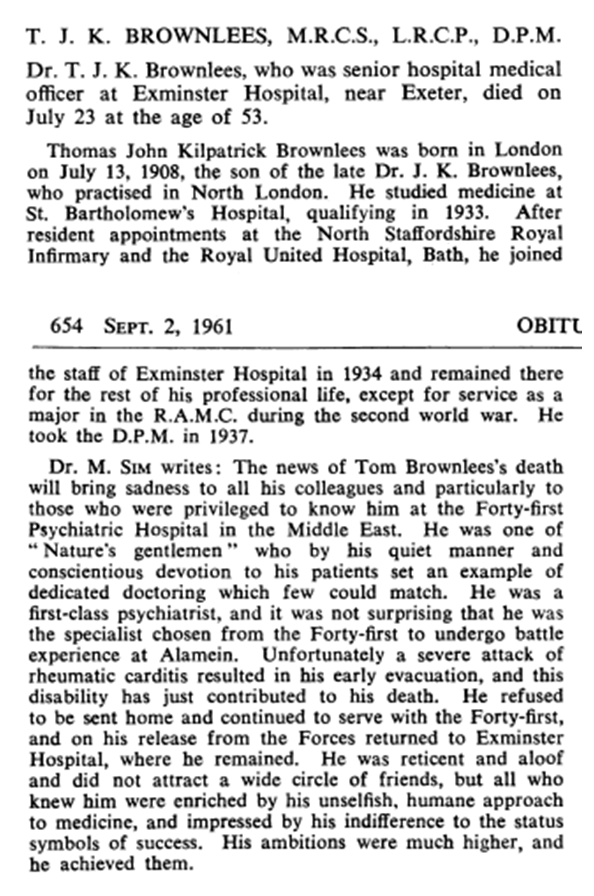It may be wondered what connection the scout had with the former Devon County Lunatic Asylum. He will reveal it, but not before describing the ride over the hills to get there.
He set off from Christow sufficiently early to catch the sun on the main building at the hospital, which faces a few points north of due east.
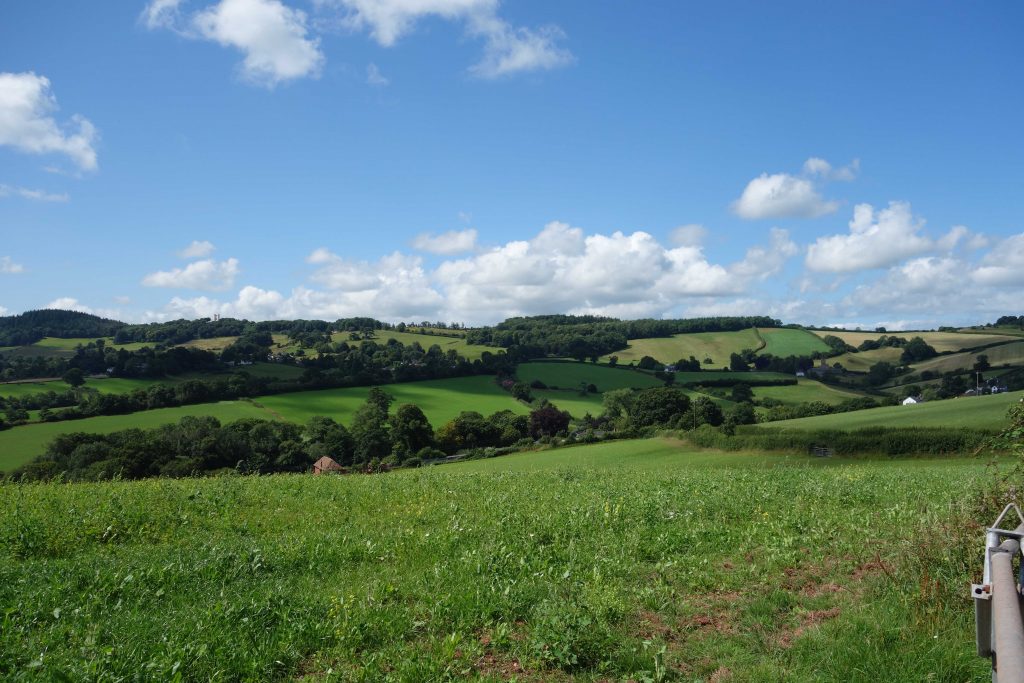
The Belvedere can be seen at left. St. Michael’s, Dunchideock, is nestled in a shaded hollow at right.
The two photos below are zooms from the same position. +
The scout climbed the very “unsuitable for motors” Sampson’s Hill from Shillingford and joined Shillingford Lane, which leads towards the old A38.
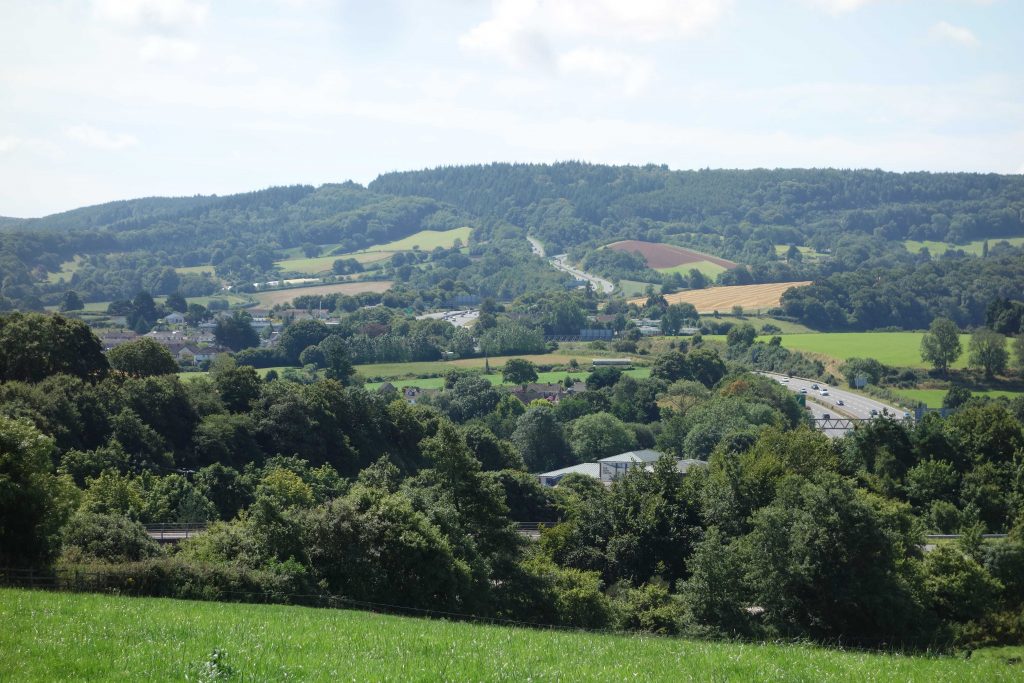
The A38 is seen climbing at centre, where the A380 has its junction at the start of Telegraph Hill. +
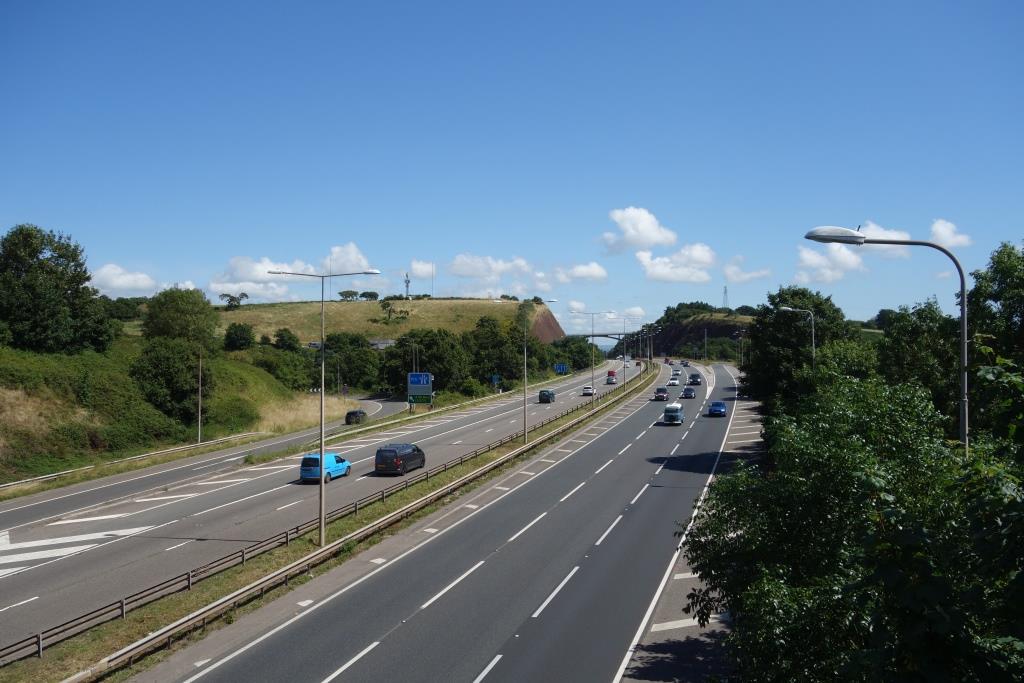
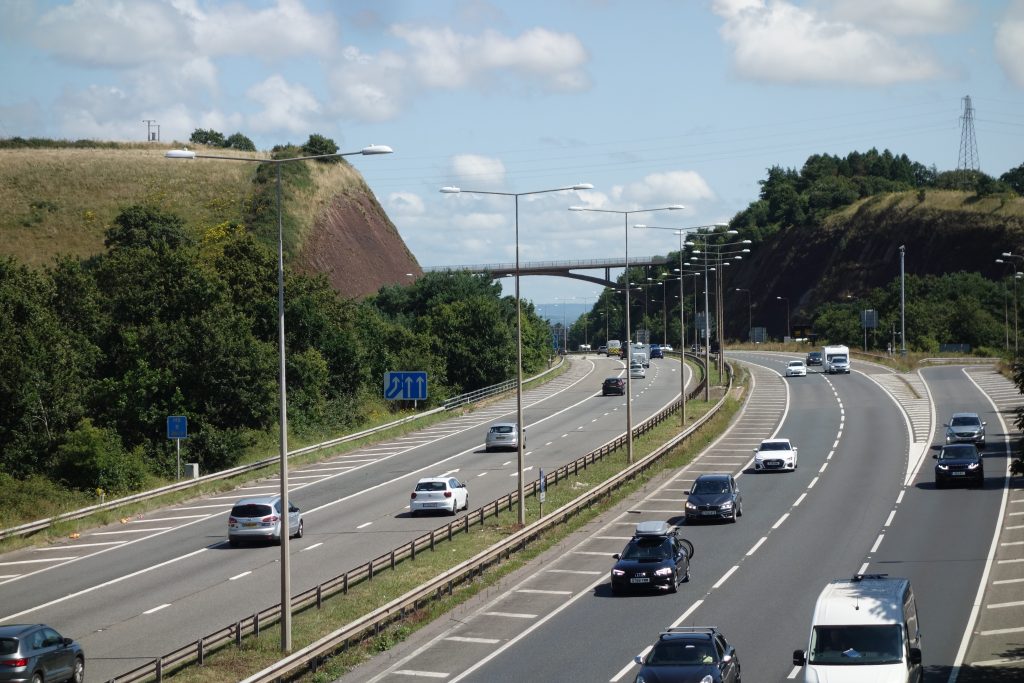
Exminster Hospital lay on the other side of Old Matford Lane, to the right of the bridge. The hospital had its own water supply but this was greatly affected by the cutting lowering the water table. +
The next two photos were taken from Old Matford Lane looking east in early spring.
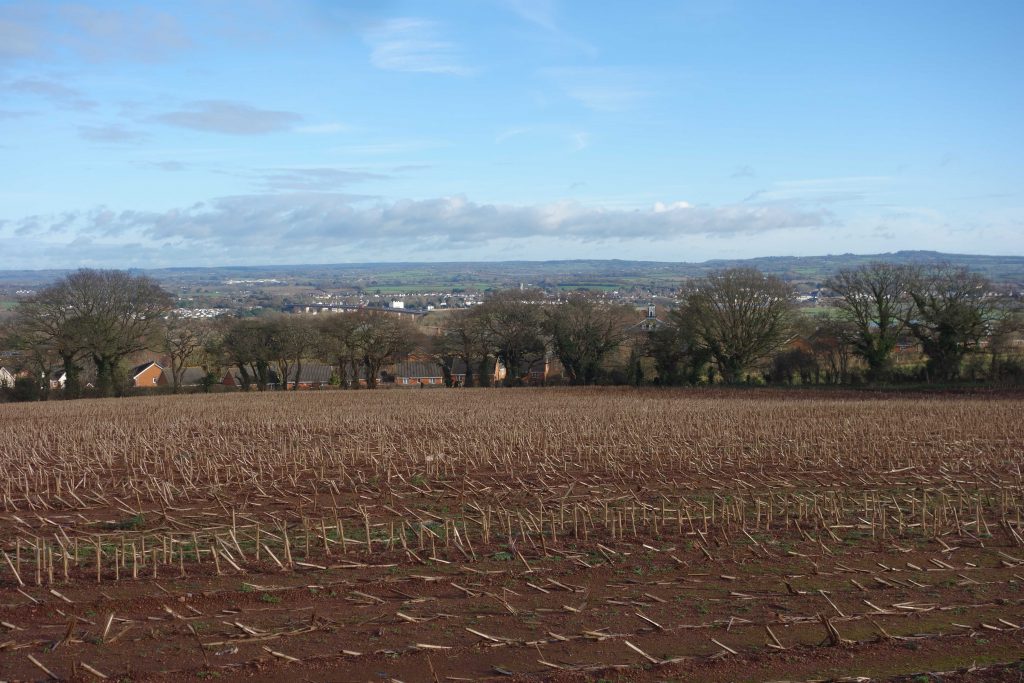
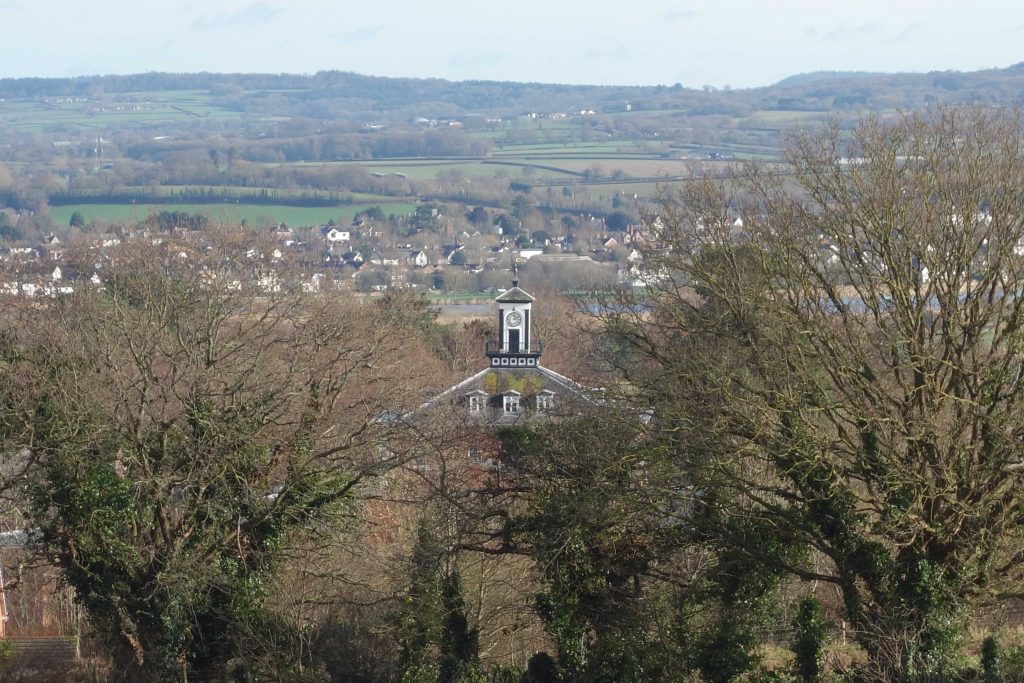
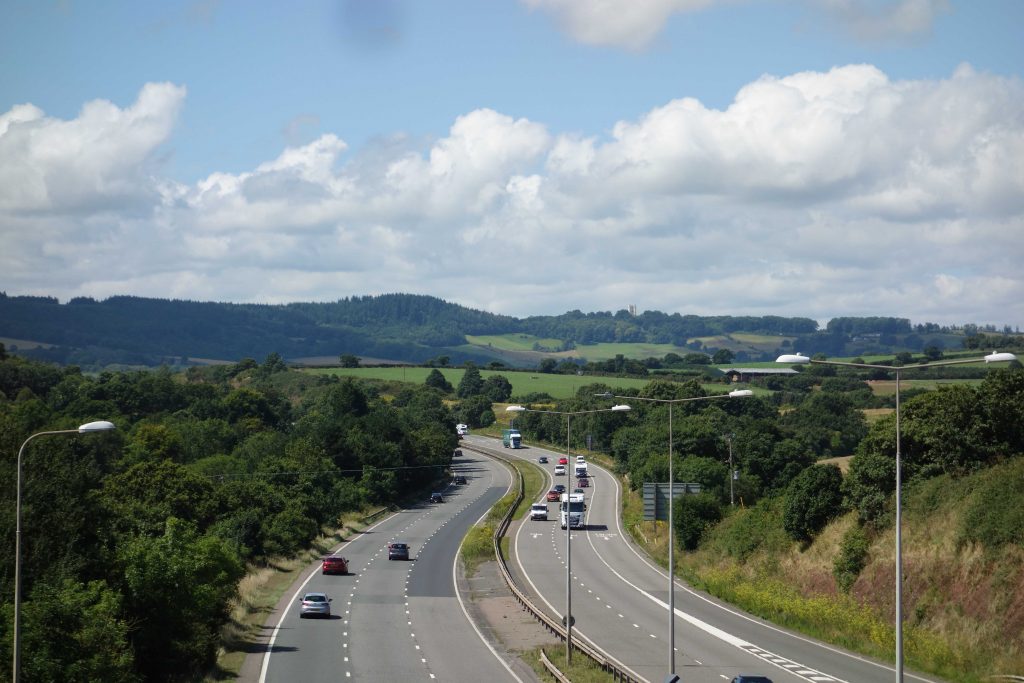
After dropping down to the village, the scout took the old Dawlish Road and was soon at the old hospital gates.
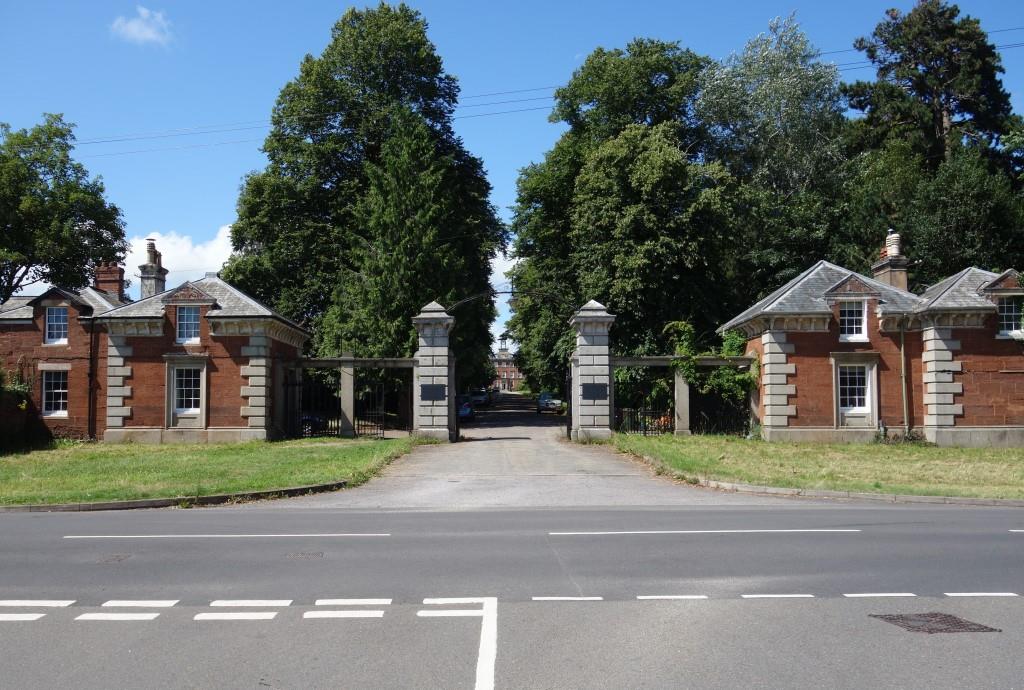
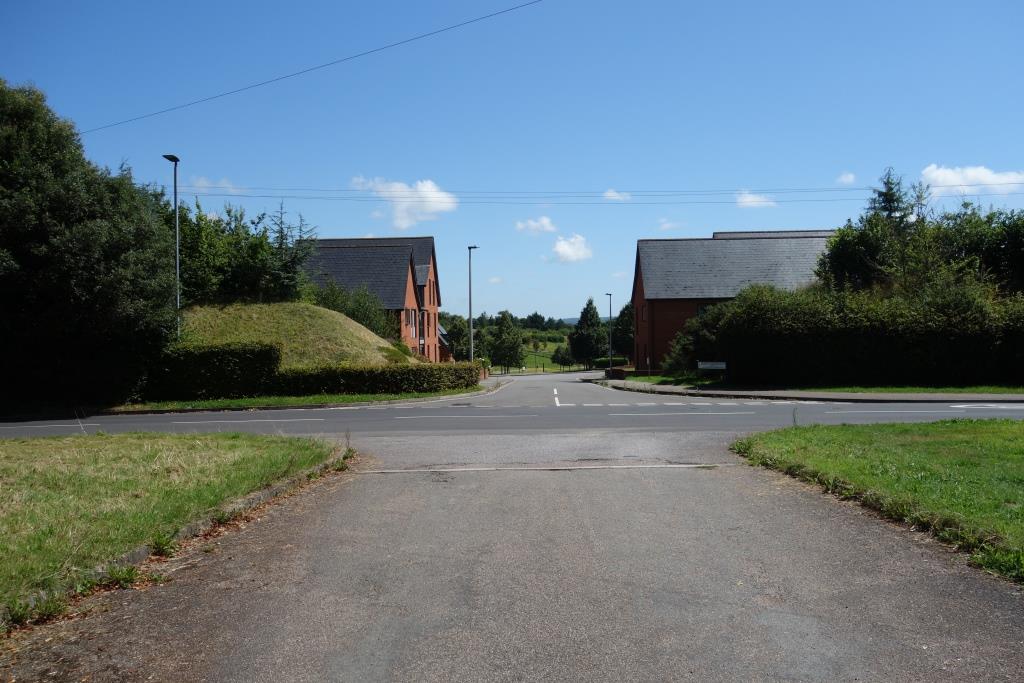
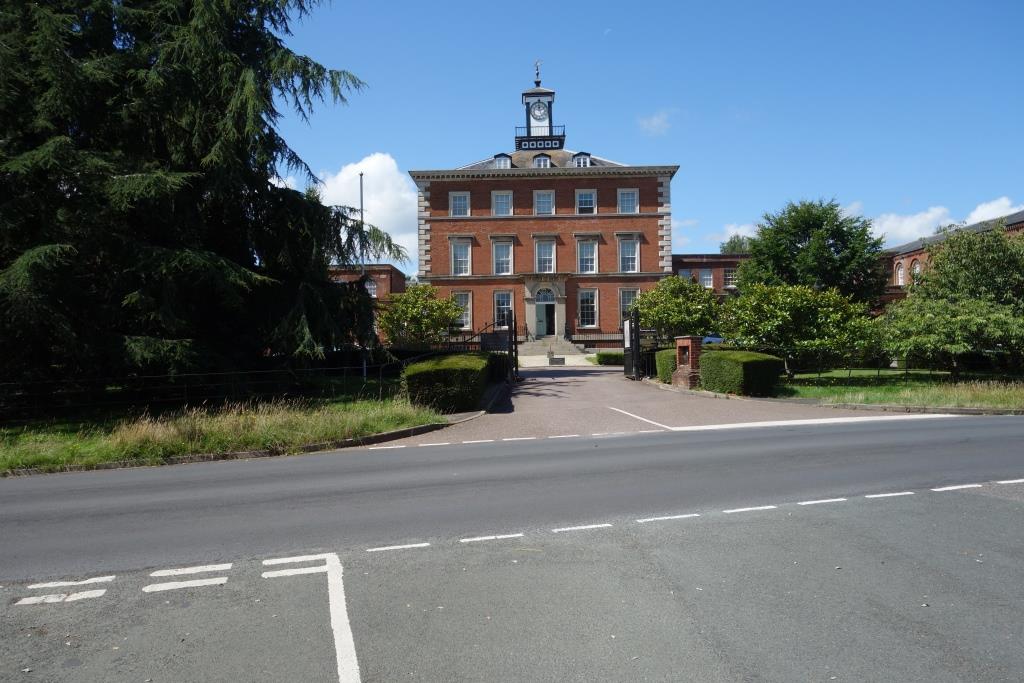
Many of the hospital buildings were demolished but the remaining core, “Devington Park,” is Grade II* listed.
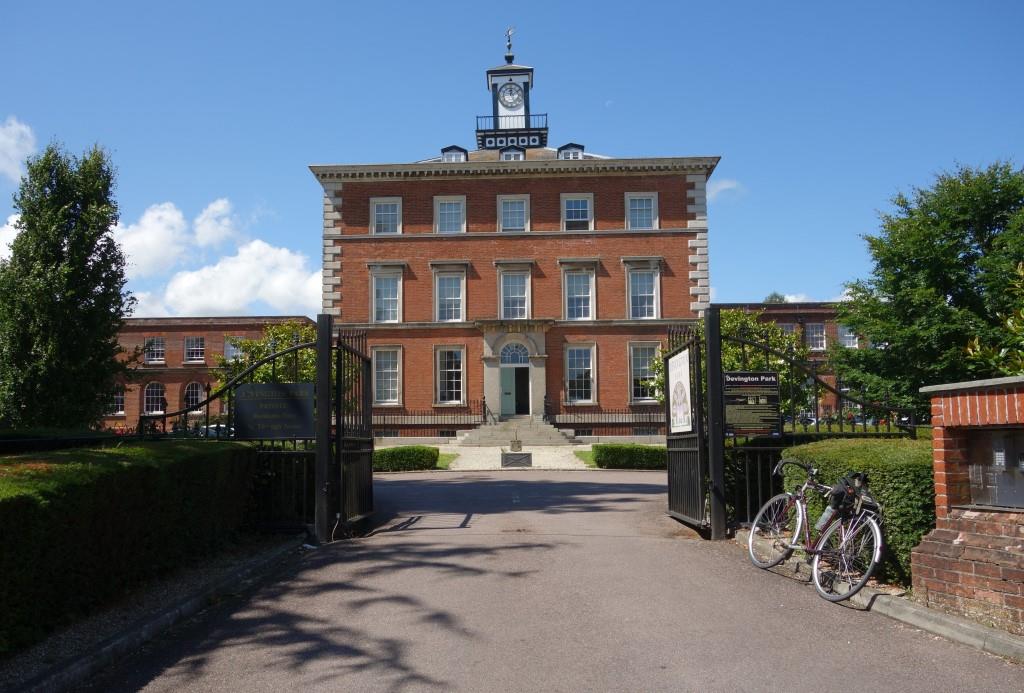
The scout remembers the doctors’ common room to the left of the entrance and once being taken up to the clocktower to view the trains running across the marshes.
It couldn’t have been much later that the sun left the front of the building.
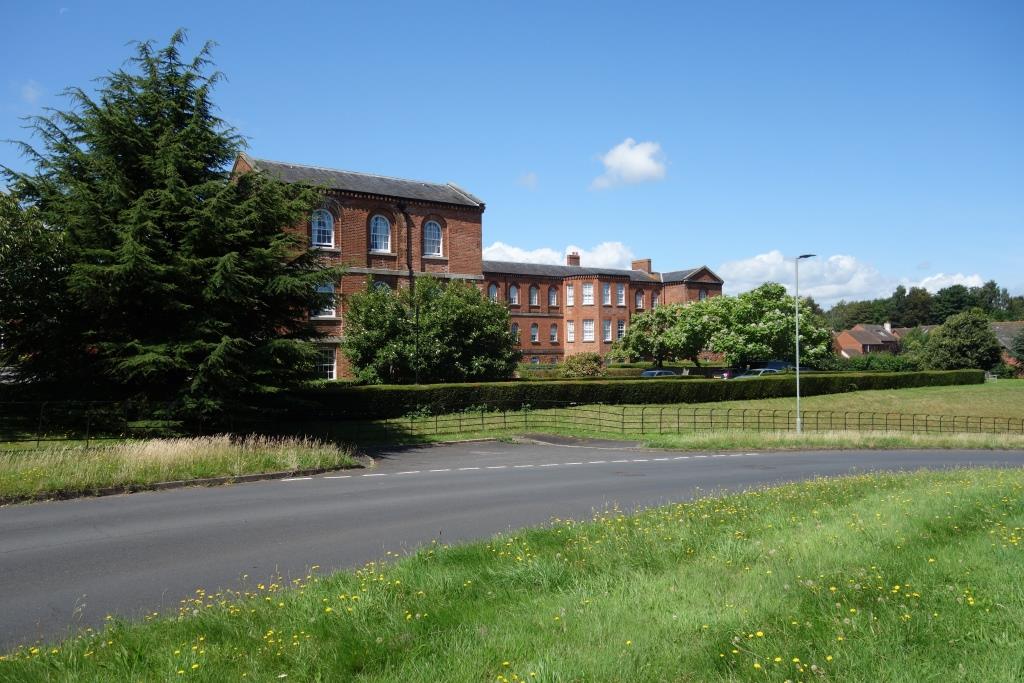
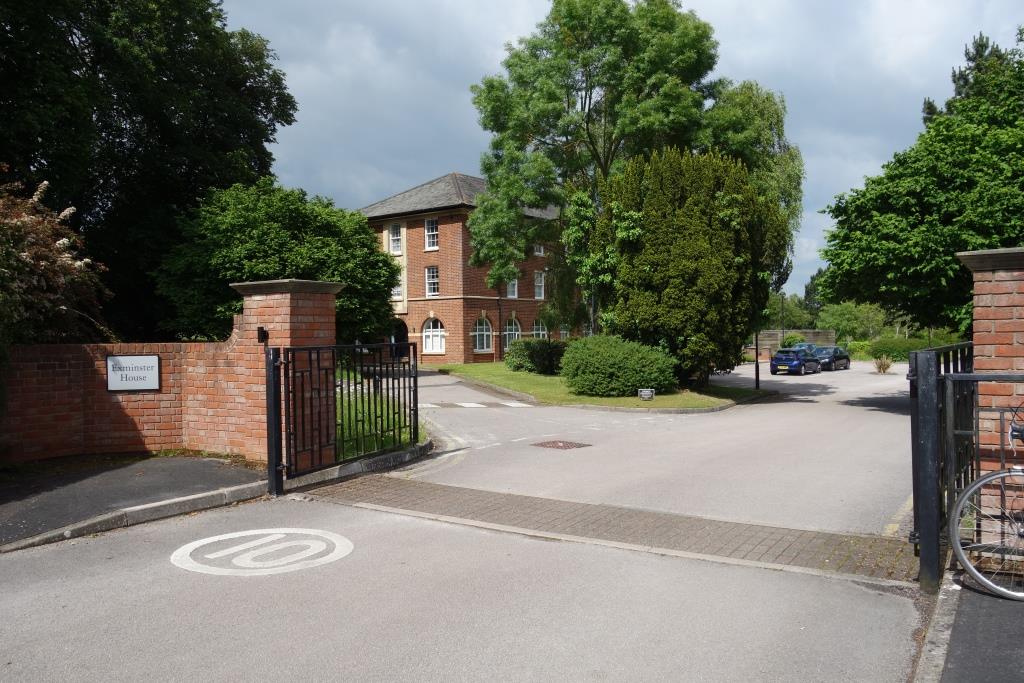
It was here that the scout’s Mother was billeted when she was sent on a course from St. Lawrence’s in Bodmin.
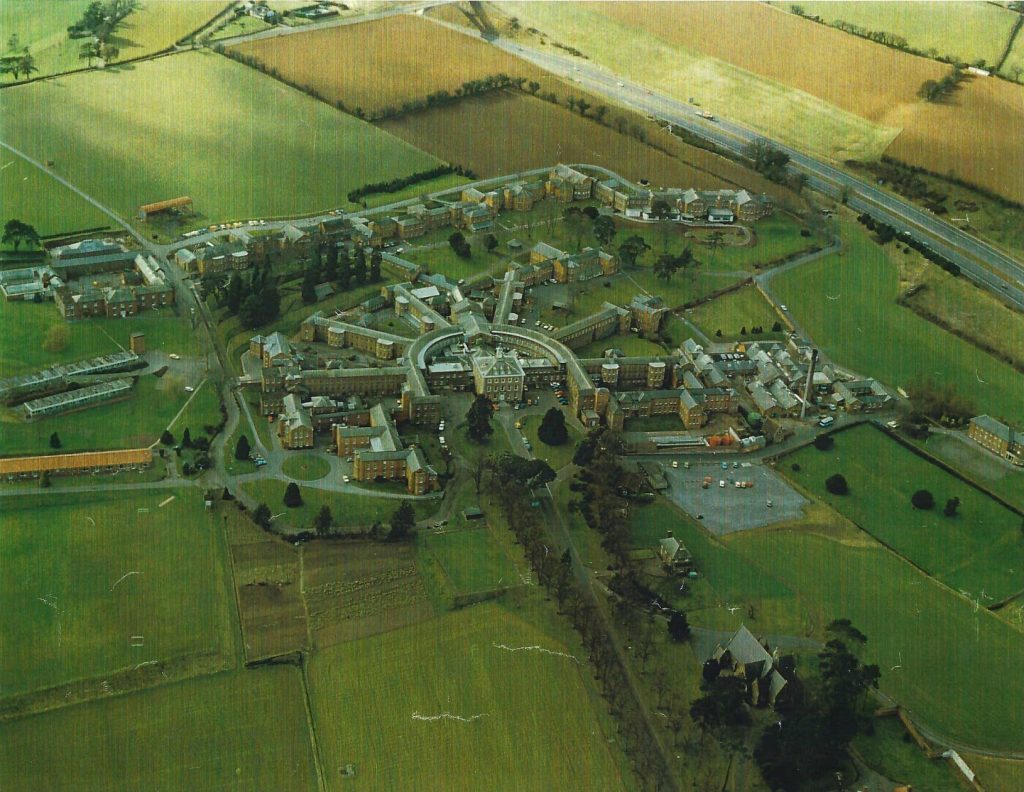
The surviving part of the complex can easily be identified, with its six wings. Most of the later, peripheral buildings have been replaced with housing.
The main building is where the scout’s Dad had his flat; the Nurses’ Home, at far right, is where the scout’s Mum was billeted; somewhere in the picture is the mortuary where they met, over a corpse; and below right is the chapel where the cub scout was nearly christened “Christopher Robin.”
At middle right was the works section which employed 40 men. There were a boiler house, a small power station and a laundry. There were O.T. workshops and gardens. The square seen at far left was “The Farm.” It has been converted into homes.
The motorway is obvious. It opened in 1977 and the hospital closed in 1986. Coming in at top left is Deepway Lane. From the fork, it continues as Old Matford Lane; a bit of the bridge over the M5 can be seen at the very top.
Returning to the main road, the scout was reminded of his Dad’s after work haunt.
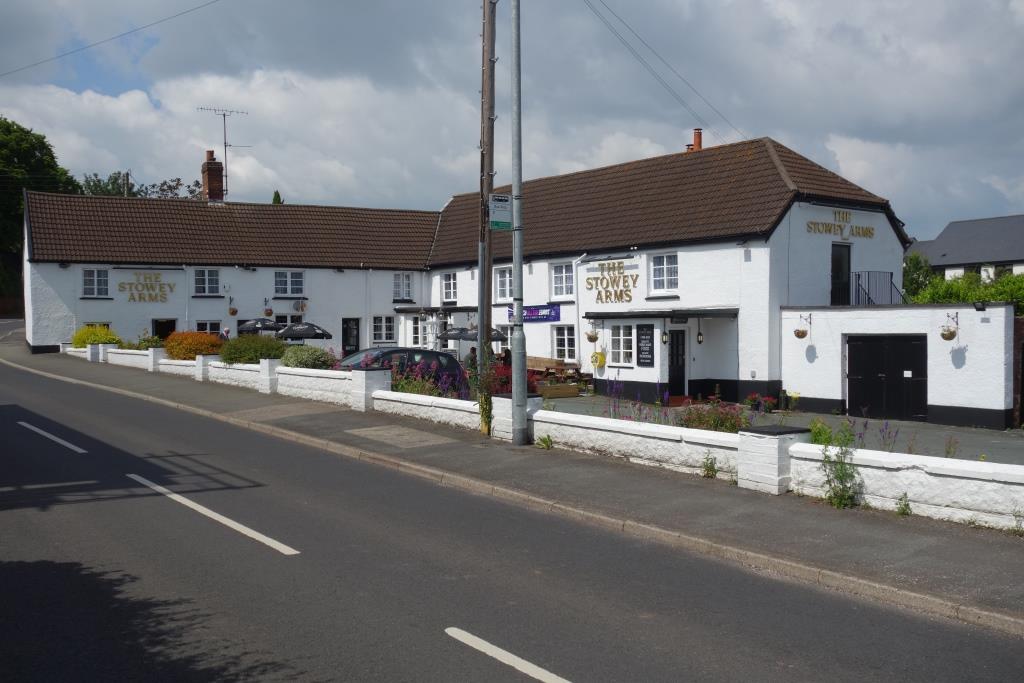
The scout has a generic name but it won’t be put here.
